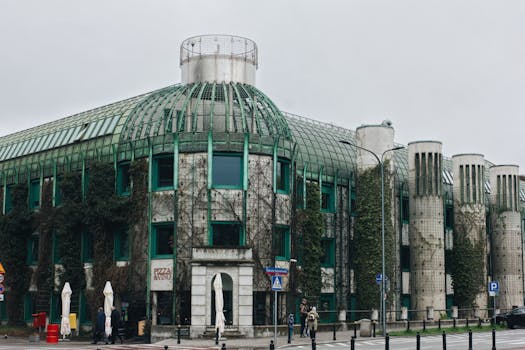
Sustainable Cities: How Europe is Shaping Eco-Friendly Lifestyles by 2025
Sustainable Cities are becoming increasingly important as the world grapples with the challenges of climate change, pollution, and resource depletion. Sustainable Cities in Europe are taking a leading role in promoting eco-friendly lifestyles, reducing their environmental footprint, and creating a better future for their citizens. In this article, we will explore how European cities are shaping eco-friendly lifestyles by 2025 and what we can learn from their experiences.
Introduction to Sustainable Cities
Sustainable cities are urban areas that are designed to minimize their impact on the environment, while also improving the quality of life for their citizens. These cities are characterized by their use of green technology, renewable energy, and sustainable transportation systems. They also prioritize waste reduction, recycling, and sustainable consumption patterns. By adopting sustainable practices, cities can reduce their carbon footprint, improve air and water quality, and create a healthier environment for their citizens.
European Cities Leading the Way
Several European cities are at the forefront of sustainable development, promoting eco-friendly lifestyles, and reducing their environmental footprint. Cities like Copenhagen, Stockholm, and Amsterdam are investing heavily in green technology, renewable energy, and sustainable transportation systems. For example, Copenhagen aims to be carbon neutral by 2025, while Stockholm is promoting the use of electric and hybrid vehicles. Amsterdam is also investing in green roofs, solar panels, and energy-efficient buildings.
Key Strategies for Sustainable Cities
So, what are the key strategies that European cities are using to promote sustainable lifestyles and reduce their environmental footprint? Some of the most effective strategies include:
- Investing in green technology, such as renewable energy, energy-efficient buildings, and green roofs
- Promoting sustainable transportation systems, such as electric and hybrid vehicles, cycling, and walking
- Implementing waste reduction and recycling programs, including composting and recycling facilities
- Encouraging sustainable consumption patterns, such as reducing meat consumption, using public transport, and buying local products
- Creating green spaces, such as parks, gardens, and green roofs, to improve air quality and mitigate the urban heat island effect
Conclusion
In conclusion, European cities are leading the way in sustainable development, promoting eco-friendly lifestyles, and reducing their environmental footprint. By investing in green technology, promoting sustainable transportation systems, and encouraging sustainable consumption patterns, cities can create a better future for their citizens. As we look to 2025, it is essential that we learn from the experiences of European cities and work towards creating more sustainable cities around the world.